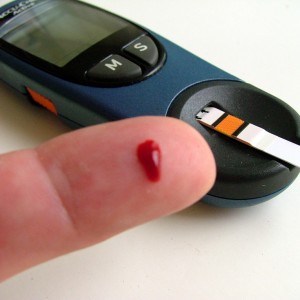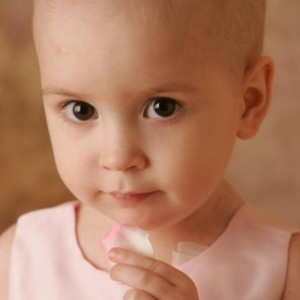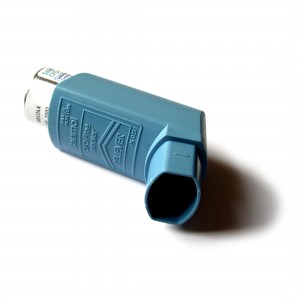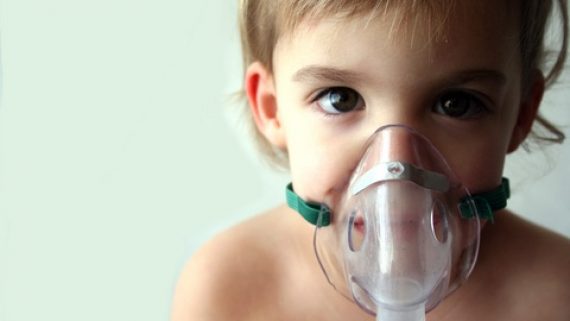 What is lung cancer?
What is lung cancer?
Lung cancer is the disease when cells in one or both of the lungs undergo abnormal changes and grow out of control. These abnormal cells cannot perform their regular function and reduce the lung’s ability to deliver oxygen to the blood. Tumors may also form as a result of the abnormal growth. In addition, similar to other cancers, lung cancer can spread to other parts of the body as the disease processes. According to 2008 statistics by the American Cancer Society, lung cancer is the second most prevalent cancer type in men and women (after prostate cancer and breast cancer, respectively), and it is the number one killer among all the cancer types.
What causes lung cancer?
Cigarette smoking is found to be responsible for the majority of lung cancer cases. Similar to other cancer types, lung cancer takes time to develop. Therefore, although lung cancer is often diagnosed among older people, the cause of the disease usually originates from a much younger age. For this reason, young people who smoke may not immediately
What is liver cancer?
Liver cancer is the disease when cells in the liver become abnormal and grow out of control. A tumor or tumors may form as a result of abnormal cell growth. The disease can also lead to liver failure, the complete loss of liver function. Similar to the other cancer types, liver cancer can spread to and affect other organs in the body.
What causes liver cancer?
Liver cancer affects people of all ages and ethnic groups, but there are several factors that increase an individual’s risk of developing this disease:
- Cirrhosis: Cirrhosis means scarring of the liver. Whenever the liver tries to heal itself from a disease or injury, scar tissue may form as a result and reduce the liver’s ability to perform its function. Cirrhosis is irreversible, and it is linked to the majority of liver cancer cases.
- Hepatitis B or C: These are chronic infections of the liver and often lead to cirrhosis and loss of liver function. Over many years, these infections can cause liver cancer.
- Family history of liver cancer
- Other risk factors such as smoking, alcohol abuse, diabetes, obesity, and exposure to harmful chemicals.
Symptoms
Liver cancer usually does not show symptoms until the later stages, and this makes early detecti
 What Is Diabetes?
What Is Diabetes?
Diabetes is the condition when your blood glucose—also called blood sugar—is too high. Glucose is a form of sugar that your body uses for fuel. When you eat, most of the food is turned into glucose, which then enters the bloodstream and circulates around your body. An organ near the stomach called the pancreas produces insulin, which helps glucose get from your blood into your cells. Cells take up the glucose and turn it into energy. When you have diabetes, your body does not make enough insulin or the insulin produced does not function properly. As a result, glucose cannot get into the cells and begins to accumulate in the bloodstream.
Why is it Important for Teens to Know About Diabetes?
According to data published in 2006, over 150,000 young people under age 20 in the United States have diabetes. Among this group, about 80% are aged 10-19 years. As obesity rates in children continue to soar, diabetes is becoming more common in teens. Without proper treatment, diabetes puts a
 Overview
Overview
The term “cancer” describes a group of diseases in which cells in a part of the body grow out of control. Cancer can originate from anywhere in the body and can spread to other parts of the body. Some cancers form a solid tumor but others, like cancer of the blood, do not. Cancer affects people of all ages, including children and youth. Although cancer among children and teens is rare, cancer remains the leading cause of death from disease in children under 15. Most cancers that occur in children are caused by changes in the genetic component within the body cell during early childhood. You cannot “catch” cancer nor give it to someone else. Unlike many other diseases, there is no known way to prevent childhood cancer.
Leading Cancer Types in Children and Youth
- Leukemia – Leukemia is the most common cancer type for this age group. It describes a group of cancers of the blood or bone marrow, caused by abnormal production of blood cells.
- Brain and nervou
 What Is Asthma?
What Is Asthma?
Asthma is a chronic airway disease. It occurs when the airways in your lungs become inflamed and constricted, causing breathing problems. Signs and symptoms include:
- Shortness of breath
- A wheezing sound when breathing
- Feeling of tightness or pain on the chest
- Excessive mucus production
- Trouble sleeping caused by shortness of breath, coughing, or wheezing
What Are “Asthma Attacks”?
Asthma attacks are episodes of increased asthma symptoms characterized by tightening of airways and difficulty breathing. An attack can start suddenly, and the level of severity varies each time and from person to person. Mild attacks are more common and usually go away in minutes after taking quick-relief medications. In more severe cases, the person may become breathless, and the situation can be life threatening. People with asthma should discuss with doctors how asthma attacks should be handled and are recommended to carry quick-relief medications (usually inhalers) at all ti
WHAT IS LEUKEMIA?
Leukemia is a cancer of the bone marrow and blood cells where an abnormally large amount of white blood cells are produced. It is the most common cancer among children and adolescents, accounting for 1 out of 3 cancer cases.
HOW DOES LEUKEMIA DEVELOP?
When healthy, the bone marrow makes three types of blood cells:
- Red Blood Cells – carry oxygen to all parts of the body
- White Blood Cells – help fight off infections
- Platelets – helps the blood clot when there is an open wound
The bone marrow of persons with leukemia makes many immature white blood cells called blasts. When a large number of blasts are produced, they crowd out the bone marrow from producing normal blood cells. This can lead to anemia, infection and easy bleeding.
CAN LEUKEMIA BE PREVENTED?
Currently, there are no known ways to prevent childhood leukemia. Leukemia is NOT linked to lifestyle risk factors such as diet and exercise
COMMON TYPES TYPE OF LEUKEMIA IN CHILDREN AND YOUNG ADULTS
There are several types of leukemia, depending on how rapidly it develops and which type of white blood cell is affected. Acute leukemia progresses rapidly if untreated, while chronic leukemia is very sl




